7 Tips To More Effective Emails For Your Inbound Marketing Strategy
By Jaco Grobbelaar on Mon, Aug 28, 2023 @ 05:00 AM
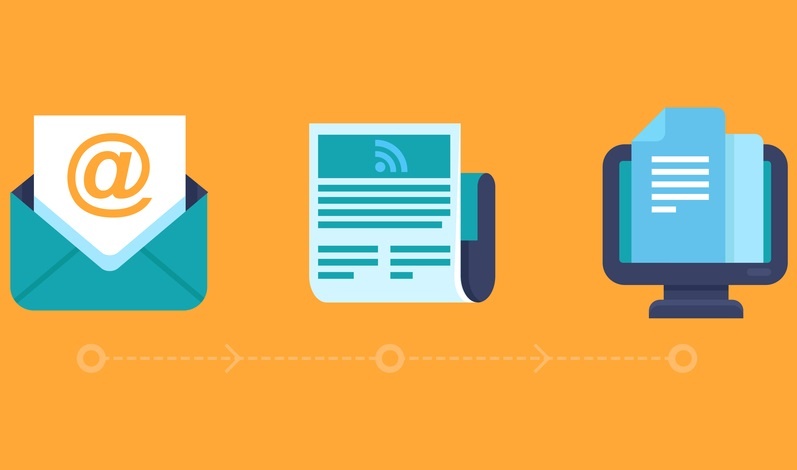
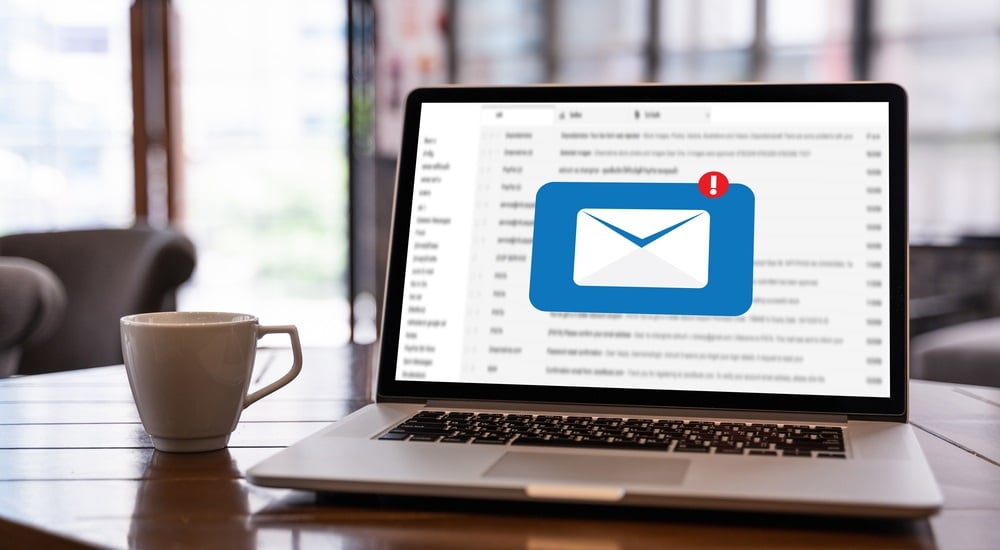
[This article first appeared here in October 2017 and has been updated and revised for 2023]
Effective emails can give a power boost to your inbound marketing strategy. But only if they are well crafted and on target.
Great email marketing campaigns can give your inbound efforts "superpowers" and it is a demonstrable fact. But what makes one email more effective than a competing email in a recipient's inbox?
Emails and Snowflakes
One of the things about emails - every email - is that they are all unique pretty much. A lot like snowflakes. Another truth is that, like snowflakes, there are billions of them! In fact, as we noted in a previous post, there are currently over 270 billion emails sent every day.
With so many emails do people really open and read any of them?
They actually do, in fact. For North America, the average open rate across industries is 21.33 percent. And a good email open rate is between 17 to 28 Percent. And consider that direct mail is also sent by the millions every year - a total of more than 72 million direct mail promotions were sent out in 2022, for example - with a household response rate of about 5.3 percent on average.
This puts direct mail on par with email that averages a 3 to 5 percent click-through rate, which is similar to snail mail's response rate. But for a fraction of the cost!
When you break down the numbers you find that far more people are looking at emails than are looking at direct mail. And when you consider that you can often email up to 2,000 people for no cost, depending on the email marketing service you use, and the time it takes to draft and craft the message, it gets even better. That many postcards would still run you over $700 at minimum.
And likely quite a bit more.
Does Email Marketing Really Work?
That's certainly a fair question, and the short answer is "Yes".
And the vast majority of brands, businesses, and marketers who are and have been engaged in email marketing for over 40 years now can attest to the cost-effectiveness, ROI, and efficacy of email marketing.
For example, our friends over at HubSpot has shared these telling statistics:
- There are over 4.3 billion email users worldwide, so if you’re looking for a way to reach your customers, email is the perfect place to find them.
- As of 2022, email generates $36 for every dollar spent.
- 51% of marketers say email marketing is the most effective marketing channel, according to our Marketing Trends survey.
But your emails are not guaranteed to be opened at all. And your email message is still going to be competing with every other single email that lands in your recipient's inbox.
So, the big question is, "How do I get my emails opened?"
7 Tips for Crafting Emails That are Sure to Be Opened
For this article we assuming that you already have a quality email list and the your audience is well defined and accurately targeted.
Email marketing remains a cornerstone of any successful inbound marketing strategy.
In a digital landscape teeming with multiple communication channels, a well-crafted email can cut through the noise and establish meaningful connections with your audience. But to truly harness the power of email in your inbound marketing efforts, you need to go beyond generic templates and craft emails that resonate with your recipients.
With that in mind, here are seven essential tips to help you create more effective emails that drive engagement, nurture leads, and boost conversions.
Segmentation is Key
Not all leads are created equal, and the same email message won't resonate with everyone on your list. Segmentation involves categorizing your email subscribers based on factors such as demographics, behavior, and preferences.
By tailoring your content to specific segments, you can deliver more relevant messages that speak directly to their needs and interests. This personalization enhances engagement rates and makes your emails feel like they were designed just for them.
Craft Compelling Subject Lines
Your subject line is the first impression your email makes. It's the deciding factor for whether your recipients will open or ignore your email. Keep it concise, intriguing, and relevant to the content of the email.
Utilize urgency, curiosity, or value proposition to entice recipients to click through. A/B testing different subject lines can provide insights into what resonates best with your audience.
Focus on Value-Driven Content
Once your recipients open your email, the content should deliver value and relevance. Whether you're sharing educational blog posts, exclusive offers, or helpful resources, make sure your content aligns with the recipient's needs. Share actionable insights, practical tips, or relevant industry news to establish your authority and build trust. Remember, the goal is to provide value before asking for anything in return.
Clear and Compelling Call to Action (CTA)
Every email should have a clear and well-defined call to action. Whether it's directing the recipient to download an eBook, register for an online seminar (webinar), or make a purchase, your CTA should be easily visible and actionable. Use persuasive language that highlights the benefits of taking that action. Incorporate contrasting colors to make your CTA button stand out and guide the recipient's attention.
Mobile-Optimized Design
With a significant portion of emails being opened on mobile devices, it's crucial to ensure your email design is responsive and mobile-friendly. A cluttered or unresponsive design can lead to frustration and a high bounce rate.
Optimize your emails for different screen sizes, use legible fonts, and ensure that images render properly on all devices. A seamless mobile experience enhances user engagement and encourages interaction.
A/B Testing for Continuous Improvement
Don't rely on guesswork when crafting your emails. A/B testing allows you to compare different elements of your emails to determine which strategies yield the best results. Test variables like subject lines, content length, visuals, CTAs, and send times.
By analyzing the data, you can refine your email strategy over time, optimizing for higher open rates, click-through rates, and conversions.
Maintain Consistency and Frequency
Consistency is key to building trust and keeping your audience engaged. Stick to a consistent sending schedule so that your subscribers know when to expect your emails. However, be cautious not to overwhelm them with excessive emails, as this can lead to unsubscribes.
Find the balance between staying top-of-mind and respecting your subscribers' inbox space.
Old School Tech that Delivers Super Powered Results
Email marketing continues to be a potent tool in your inbound marketing arsenal. By implementing these seven tips, you can create emails that captivate your audience's attention, nurture leads, and foster lasting relationships. Remember that effective email marketing is a journey of continuous improvement, so regularly analyze your results and adapt your strategy accordingly.
As you refine your approach, you'll find that your email campaigns become increasingly impactful in driving engagement, conversions, and the overall success of your inbound marketing strategy.

Email Campaign Scheduling and Frequency
There are a number of schools of thought on how often you should send emails in a campaign sequence. The trick is to show up in your recipient's inbox often enough to be seen and remembered, while not so often as to become annoying and deleted.
Frequency is also largely determined by the type of campaign, which will be addressed in a follow-up post.
When to send your emails is subject to another ongoing discussion among email marketing experts. For a number of years the common opinion was something along the lines of “Tuesday through Thursday morning, between 8 and 10 am.”
The problem is that everyone is doing the same thing.
A better approach would be to vary your days and times based on whether you are sending email to consumers or businesses. As a general rule, B2B email usage is limited to Monday through Friday. A corollary to this is the click rates for PPC ads targeting businesses. Most clicks occur during the work week.
B2C emails, on the other hand, have more leeway in terms of finding optimum days and times to send. According to a Deloitte mobile consumer survey about 40 percent of consumers check their phones within five minutes of waking up. Another 30 percent of consumers check their devices just before going to sleep.
And apparently there are lot of insomniacs out there because almost 50 percent of consumers check their phones in the middle of the night. This could mean that sending your emails first thing in the morning, just before bedtime, and at 3:00 a.m. might be fruitful.
In addition, the survey showed that emails sent on Friday had the highest click-through rate. Apparently, marketers don't work weekends as Saturday and Sunday had the lowest volume rates. However, they also had the highest open and click-through rates according to the survey.
You can draw your own conclusions from there!
The Role of Email Newsletters in Your Inbound Marketing Strategy
Email newsletters are a crucial component of a well-rounded inbound marketing strategy. These regular communications serve as a direct and personal channel to engage with your audience, nurture leads, and build lasting relationships.
Email newsletters provide an opportunity to deliver valuable content straight to your subscribers' inboxes. By curating a mix of educational articles, industry insights, company updates, and exclusive offers, you can cater to different segments of your audience's interests and needs. This consistent flow of valuable information positions your brand as a trusted source of expertise.
Moreover, newsletters help maintain top-of-mind awareness among your subscribers. Through regular contact, you reinforce your brand's presence and keep your audience engaged, increasing the likelihood of them turning to you when they're ready to make a purchase decision.
To maximize the effectiveness of your email newsletters, ensure they are visually appealing, mobile-responsive, and include clear CTAs. Regularly monitor metrics like open rates, click-through rates, and subscriber engagement to refine your approach over time.
Incorporating well-crafted email newsletters into your inbound marketing strategy strengthens your brand's online presence, nurtures leads, and fosters a community of engaged subscribers who look forward to hearing from you.
Great Email Marketing Needs Great Marketing Partners
Inbound marketing is powerful approach for building and scaling your business and email marketing is a significant part of it. But achieving your marketing objectives with an inbound marketing strategy takes time. It won't happen with a few email blasts, white papers, or even a few great blog posts.
The truth is that your audience will need to consume your content for a while before they contact you. Yet, without your content compelling them to contact you, your goals may never be met.
The good news is that you don't have to figure out alone. In fact, one of the best investments you can make with your marketing budget is to partner with a solid firm like BroadVision marketing.
Click on this link to get your free Complimentary Inbound Marketing Session so you can make an informed decision, or call BroadVision Marketing at 707-799-1238.
You May Also Like
These Related Stories
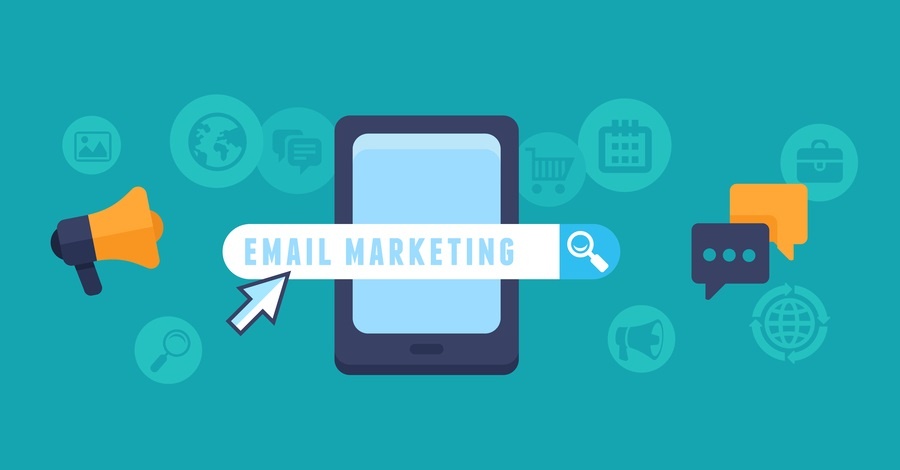
Optimizing Your Email Marketing Campaign Strategy [Tips]
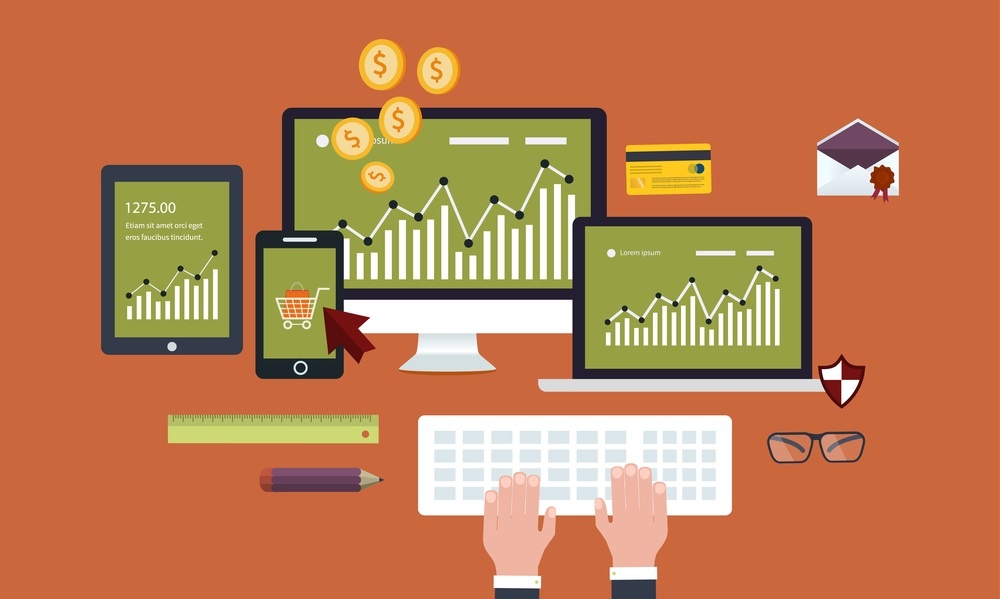
Great Emails And Great Content Marketing
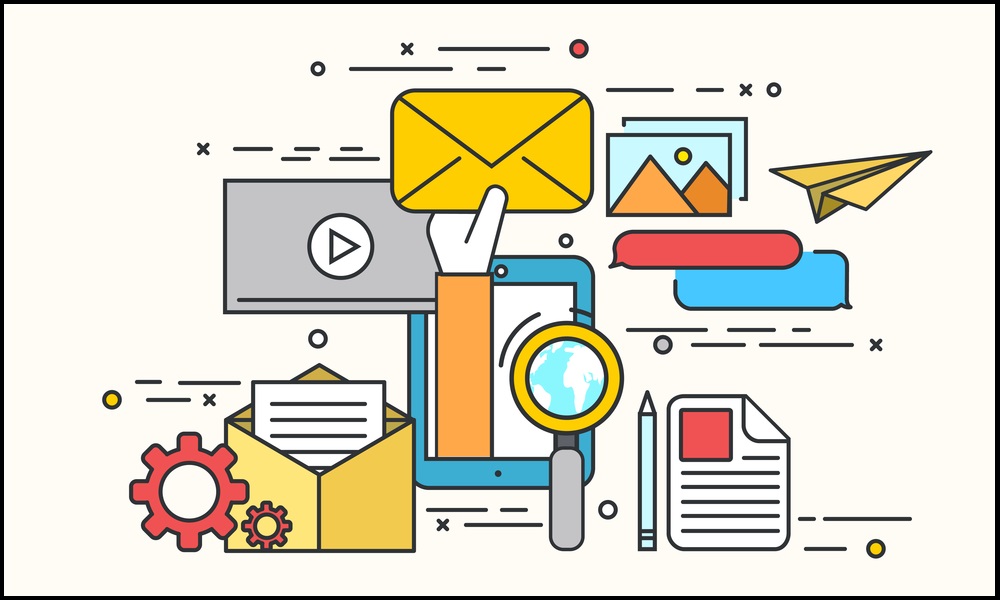
.png?width=302&height=75&name=BVM%20Logo%20-%20transparent%20(1).png)







No Comments Yet
Let us know what you think